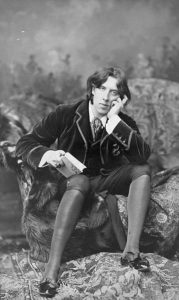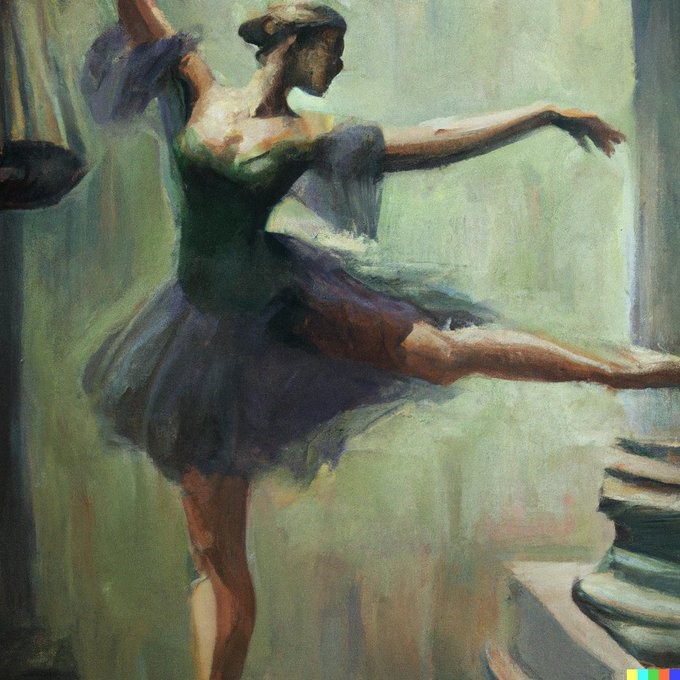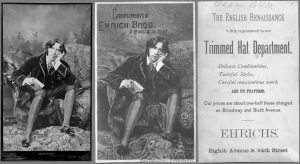How A Century-Old Insight of Photography Can Inform Legal Questions of AI-Generated Artwork (Guest Blog Post)
A new breed of artists is using generative artificial intelligence tools like DALL·E, Midjourney, Firefly, and ChatGPT to create artistic works. Do these creations belong to the artists or the public domain? Do creators who use generative AI maintain copyright in their creations?
By guest blogger Prof. Christa Laser
Artists and creators can generate digital images, alter photos, conjure creative text, or make code all from a set of natural language text-based prompts using generative artificial intelligence (AI) platforms like DALL·E or Midjourney. But artists’ ability to own these works is hardly clear.
Earlier this year, the U.S. Copyright Office took a stance against generative-AI works, cancelling a copyright claim by author Kris Kashtanova for comic book images made with the aid of Midjourney. This might have prompted artists to question whether they must avoid use of generative-AI-assisted imagery to retain rights to their works.
But legal problems of copyright and machine-created works are not new, and history can give us hints to the likely outcome of the present legal battle.

Oscar Wilde No. 18, Napoleon Sarony, 1882. Sarony carefully arranged the setting and Wilde’s pose, then selected from 27 images.
Copyright in Photographs, Established in Late 1800s
The age-old strife between new technology and old law is epitomized by a hundred-year-old story of how copyrights came to exist in photographs after the invention of the camera. In 1882, celebrity photographer Napoleon Sarony styled and took a photograph of Oscar Wilde, titled Oscar Wilde, No. 18 (see image at right). The public at the time widely viewed photography as merely the work of machine, not a tool for artistic vision.
An American department store used Sarony’s photograph to sell hats (see image below). Sarony sued, arguing that photographs are expressions entitled to the same protections as paintings, novels, and any work implemented by human hand. In Burrow-Giles Lithographic Co. v. Sarony, the U.S. Supreme Court agreed, stating that a photograph is protectable when it is the product of a person’s “intellectual invention,” a work created from “fancy, or imagination.”
Over time, courts began to accept that cameras and even computers can be used as tools for artistic creation. Today, photographers have copyright protection over the images that they create in part because of Sarony’s fight.
2023, Generative AI Works Found Ineligible for Copyright
Under the U.S. Copyright Act, only “original works of authorship” are eligible for protection. The edges of this requirement are hardly settled, but the Supreme Court held in 1991 that a work must have a “modicum of creativity” and arise with the “intellectual conceptions of the author” as its “creator” and “originator.”
When the U.S. Copyright Office denied copyright protection for Kashtanova’s Midjourney-generated artwork, the Office found their work lacked the critical component of a human author. The Office described the process of image generation from AI prompts as one “not controlled by the user because it is not possible to predict,” stating that a human does not “create” an image where a human only “influences” but cannot “dictate a specific result.” In Copyright Office Guidance issued since then, the office stated that if a AI program merely receives a prompt from a human and produces a complex work in response, the traditional elements of authorship are carried out by the machine, not the human. (And machines cannot own copyrights [a separate decision currently under appeal that is unlikely to change].) A few uses of generative AI employ short, vague prompts that provide only a little direction to the AI’s output, but another common use of generative AI is to implement a human’s extensive creativity, direction, and selection towards an outcome pre-dreamed in the human mind. For example, “prompt whisperers” are people who have become experts at crafting dozens of specific phrases that yield more predictable, narrower ranges of outputs from generative AI.
The Office’s arguments could have been made just the same over one hundred years ago of Sarony’s image of Wilde or many styled photoshoots today. Visual art is made by harnessing and curating forces outside our control. This is true of a painter splashing paint on a canvas for an abstract art piece, but even photography captures a chaotic scene. I am also a hobbyist photographer, and in this role I often take hundreds of images of a subject or place before picking and revising a favorite. Significant randomness of the world like a bird flying though or the light shifting can greatly impact the scene, and when models are added any shift of their body or expression changes the output in ways that the photographer might not have predicted. Final photographs particularly of live subjects emerge from a photographer’s influence, trial, and selection, but rarely their full control. Even Sarony selected from 27 images to create Oscar Wilde No. 18.

An AI-generated image created by the author on DALL·E 2. Christa Laser. AI-generated works are not protectable under current U.S. Copyright Office guidance. Courts could change that.
What is to Come for AI Art?
Thousands of new art projects are created today using AI-generation tools. The U.S. Copyright Office’s decision to deny Kashtanova copyright registration in their AI-generated art places artists’ rights to ownership of their works in question. The Office’s decision has not been overturned, and Kashtanova does not have plans to appeal, although Kashtanova does plan to seek protection for a different AI-assisted work, Rose Enigma, which uses AI to enhance a work drawn by Kashtanova. It is possible that with different uses of AI, the Copyright Office or more likely courts will reach a different conclusion. Indeed, the Office has clarified in a policy statement that uses of AI that employ more human control and direction might be subject to copyright protection. (Interestingly, the Office’s statement of policy mentions that photographs edited with Adobe Photoshop would be protectable, but this was written before Adobe widely launched Firefly generative-AI fill, so it is unclear if the Office views photographs that were enhanced by generative fill as ineligible).
Just as photographs were once scorned as mere works of machinery but were since recognized by the Supreme Court as an art form that expresses the vision of a human creator, courts deciding copyrightability of AI art in the future are likely to look to past precedent like Sarony’s photograph case to decide whether copyright is available to protect AI art. Interpretive questions of who an eligible copyright author is will arise again. The law of the copyrightability of AI-generated artwork is likely to continue to change, but the battle between new technology and old law will timelessly endure.

